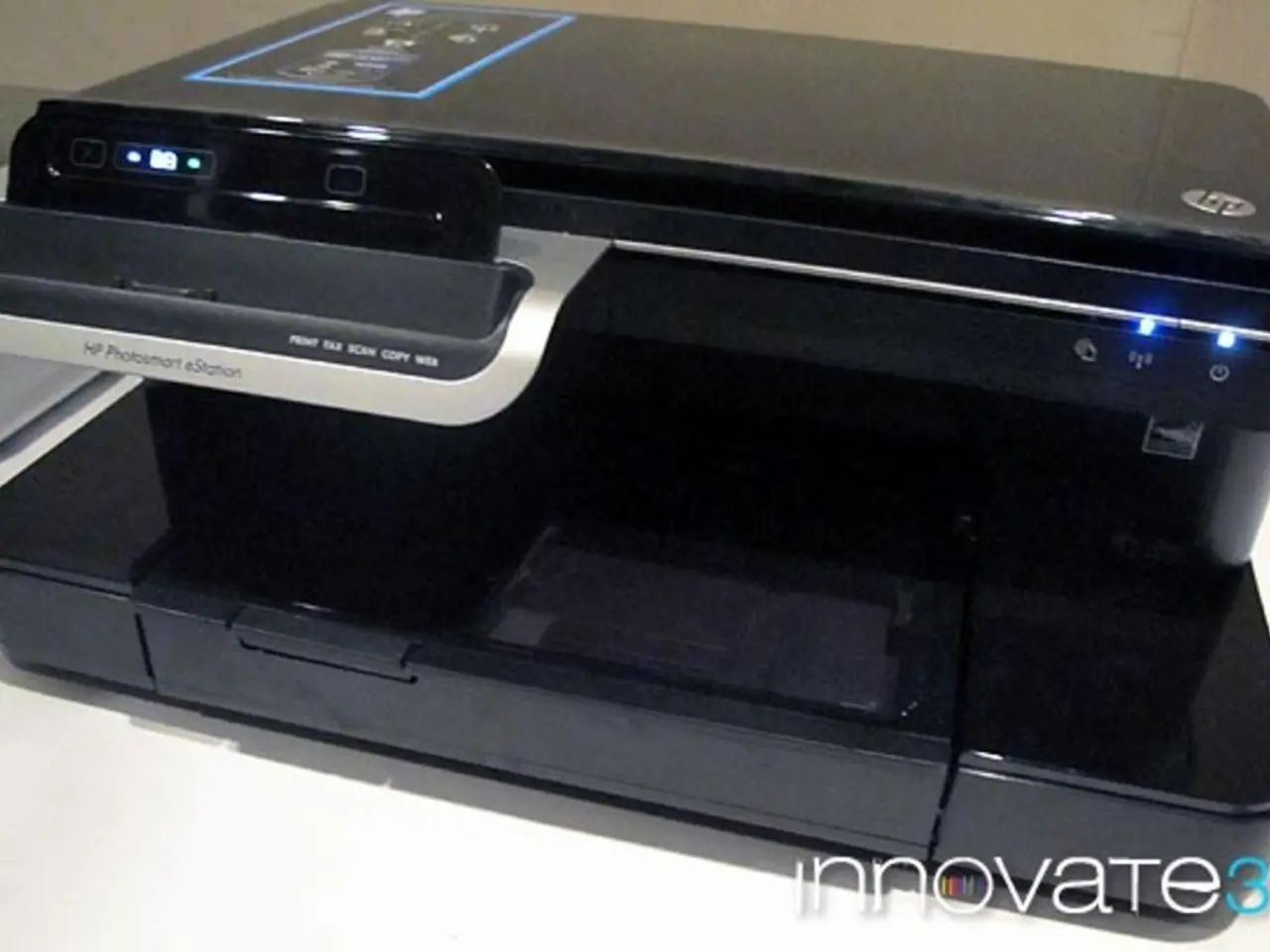Streamlining Production without Physical Documents: A Handbook for Paperless Manufacturing
In the ever-evolving world of fashion, the implementation of paperless manufacturing is gaining traction as a means to promote operational excellence and environmental sustainability. Here's a step-by-step guide on how this digital transformation can be achieved.
Step 1: Evaluate Current Processes To implement paperless manufacturing, it's essential to first understand the existing production processes, set clear objectives, assemble a cross-functional team, and develop a strategic plan for digital transformation.
Challenge 1: Resistance to Change One of the significant barriers to implementing paperless manufacturing is resistance among employees. To mitigate this, involve employees early in the transition process, educate them on the benefits, provide comprehensive training, and support.
Challenge 2: Data Security Concerns As we move to a paperless system, data security becomes paramount. Address these concerns by investing in robust cybersecurity measures, including secure cloud storage, encryption, and access controls. Ensure employees are trained on best practices for data protection.
Step 2: Research and Select Technology Solutions To implement paperless manufacturing effectively, research and select technology solutions such as Production Management (PM) systems, digital document management software, mobile applications, and Enterprise Resource Planning (ERP) systems.
Challenge 3: Integration with Existing Systems Integration with existing systems can be complex and time-consuming. Carefully evaluate how new digital tools will interact with current systems before implementation, consider working with IT professionals or vendors that offer customization services, and adopt a phased approach to implementation to minimize disruptions.
Step 3: Develop a Comprehensive Training Program A comprehensive training program for employees is crucial to help them learn how to use new digital tools and adjust to paperless processes.
Step 4: Create a Detailed Implementation Plan Create a detailed implementation plan outlining timelines, resource allocation, data migration strategies, and training schedules for transitioning to paperless operations.
Step 5: Conduct a Pilot Conduct a pilot of the paperless system in a selected department or production line before rolling it out across the entire operation.
Step 6: After Successful Testing and Training After successful testing and training, launch the paperless manufacturing system and monitor progress closely to ensure smooth operations and prompt issue resolution.
Benefits of Paperless Manufacturing in the Fashion Industry
- Minimize errors and revisions by making information clearer and easier to share among teams, which accelerates decision-making and problem-solving.
- Enhance accessibility of production data to all relevant stakeholders in real time, improving coordination and reducing delays.
- Streamline auditing and compliance because all digital records are centralized and easier to retrieve and verify compared to physical paperwork.
- Reduce waste and environmental impact by cutting down on paper usage, aligning with growing sustainability goals in the fashion industry.
Additional Benefits Integrating technologies such as 3D printing and AI-optimized production further enhances paperless workflows by reducing errors, waste, and energy consumption. This integration helps fashion companies operate more responsibly and sustainably while increasing operational efficiency.
In conclusion, paperless manufacturing boosts efficiency, supports sustainability, and improves production quality and collaboration in fashion manufacturing. To explore a paperless manufacturing software solution, consider scheduling a demo of Uphance.
- These advanced technologies can also be applied in other industries, such as home-and-garden, effectively promoting operational excellence and reducing environmental impacts in paper-based processes.
- Education-and-self-development platforms can offer courses on fashion-and-beauty, technology, and sustainability, empowering individuals with the knowledge to embrace paperless manufacturing and make informed decisions about fashion choices that support sustainable lifestyles.
- Food-and-drink establishments can benefit from innovations in paperless manufacturing as well. Utilizing digital tools can streamline order management, inventory control, and customer interactions, leading to improved efficiency and cost savings.




